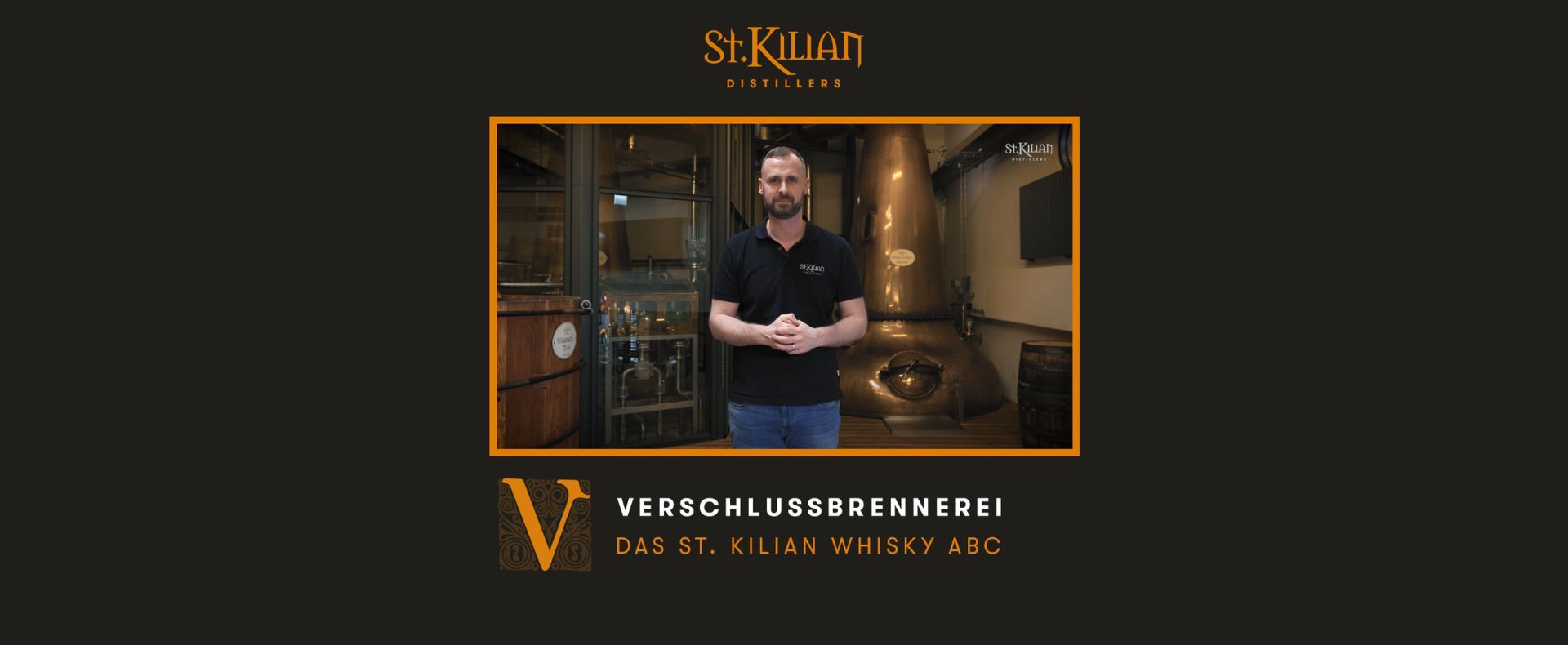V - like cap distillery

How are distilleries classified in Germany?
In Germany, alcohol (the correct name is ethyl alcohol, but in the following we will stick to alcohol for the sake of simplicity) is generally produced in distilleries. These distilleries are divided into so-called bottling and capping distilleries.
What does severance distillery mean?
In severance distilleries, the alcohol tax payable is calculated on a flat-rate basis according to the type and quantity of raw materials processed from which the alcohol was produced. The taxation is based on the flat rates of yield specified in the list of raw materials. Severance distilleries are not under official lock and key. They are therefore not locked, but freely accessible at any time.
What is meant by capping distillery?
In a capping distillery, the alcohol tax payable is calculated according to the quantity of alcohol actually produced. For this purpose, the distillery is sealed with official assistance before it is put into operation. This means that the distillation plant is sealed by customs in such a way that the alcohol produced cannot be removed unnoticed by the operator or others. In this way, it is ensured that all the alcohol is recorded for customs purposes via sealed collection vessels, containers and dial gauges.
Is St. Kilian Distillers a capping distillery?
Yes. Therefore, the area of production in which alcoholic vapors are produced by distillation must be sealed from a customs point of view. This already includes part of the raw still, the wash pot still.
How is the Wash Pot Still customs sealed?
Alcoholic vapors are produced above the pot of the raw still during distillation when the beer inside boils. For this reason, the screws fixing the sight glasses to the shoulder and neck of the pot still are sealed to prevent unauthorized opening. The ring-shaped connection to the Lyne arm - the copper tube that is connected to the gooseneck of the raw fuel bladder - is also sealed. The vertical condenser connected to the other end of the Lyne arm is already completely enclosed in a sealed room.
Do the washbacks need to be sealed as well?
No. In the washbacks - our wooden fermentation vats - a beer-like liquid is created from the sugary wort by fermentation with yeast. This is called wash and has an alcohol content of about eight percent by volume. From the customs point of view, this area of production is an officially established beer tax warehouse and therefore does not have to be operated under lock and key.
What is in the closure space at St. Kilian?
The condenser of the wash still, the fine spirit bubble (spirit pot still) including the entire technology and the associated condenser as well as the spirit safe are all located in the closure room.
What does the closure space at St. Kilian look like?
In order to be able to see the Spirit Pot Still with its shiny copper in all its glory and also the technology that is hidden behind it, the walls of the closure room are made of glass. Thus, our numerous visitors and fans can also view the Spirit Pot Still as well as the Spirit Safe from the outside. All screws that fix and hold together the individual glass elements of the closure room are secured against unauthorized opening by seals.
Who is allowed to enter the lock room?
The lock room may only be entered in the presence of a customs officer. The door to the lock room is secured with a sealed lock to which various bit keys fit. This patent lock can be opened with a key, but can only be locked again with the same key.
What happens in the event of an accident?
If the St. Kilian team has to enter the lock room due to an average, this can only be done by damaging the seals. However, at the same time the customs must be informed (by telephone) about this intrusion into the lock room.
Are any other parts of the production plant sealed?
Yes. In the area below the two stills, in a likewise closed and sealed room, there are the collection tanks for the raw spirit, the pre- and post-run, the fine spirit (= middle run of the second distillation in the Spirit Pot Still) and for the hot spent lees (= the remaining residue in the Spirit Still). The pipe from the Spirit Safe to the alcohol meter, which records the quantity of the middle run obtained - the heart - is also safe from a customs point of view. This is because this pipe is double-walled, with the double wall additionally sealed so that no unauthorized penetration from outside into the inside of the pipe for the purpose of diverting alcohol is possible.
From when is the alcohol produced accessible again?
After the alcohol measuring gauge, the collected middle run flows through a now no longer sealed pipeline into the collecting tank provided for this purpose. From here, the St. Kilian team can work with the alcohol, i.e. adjust the collected middle run to the desired alcohol content with water if necessary, use it to fill the barrels, and transport them to the barrel storage facility to mature the whiskey. Of course, this procedure is still documented. But the officially determined amount of alcohol that we produce at St. Kilian is recorded via the alcohol meter and noted accordingly in the tax books.